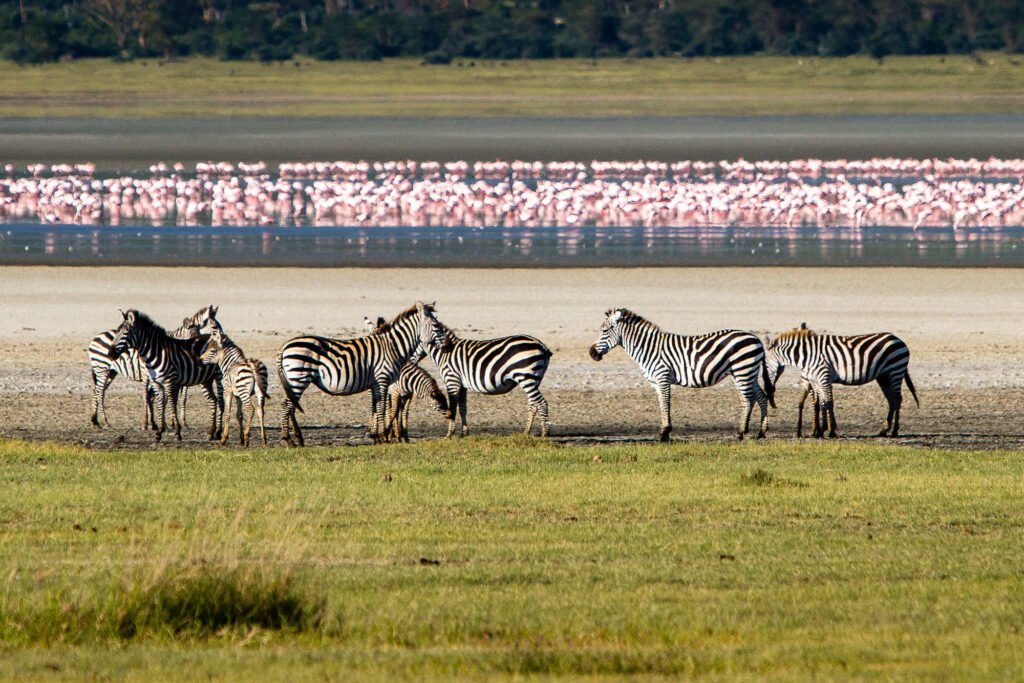
Ngorongoro Conservation Area
The Ngorongoro Conservation Area (NCA) in Tanzania is a truly unique UNESCO World Heritage Site, renowned not only for its spectacular Ngorongoro Crater – the world’s largest intact and unfilled volcanic caldera teeming with an extraordinary density of wildlife, including the rare black rhino – but also for its commitment to a multiple land-use philosophy where wildlife coexists harmoniously with semi-nomadic Maasai pastoralists. Beyond the famous crater, the vast NCA encompasses diverse landscapes, from highland plains to forests, and holds immense archaeological significance with sites like Olduvai Gorge, offering crucial insights into early human evolution.
Location
A truly breathtaking and world-renowned archaeological, ecological, and cultural treasure located in northern Tanzania, the Ngorongoro Conservation Area (NCA) encompasses approximately 8,292 square kilometers of extraordinary landscapes, ranging from the massive Ngorongoro Crater—an unparalleled intact volcanic caldera—to Lerai Forest, Oldeani Mountain, the expansive highland forests and grasslands of the Crater Highlands, and adjoining Maasai pastoral lands; the NCA is UNESCO–designated both as a World Heritage Site and a Biosphere Reserve since 1979 and 1981 respectively, reflecting its global significance and rigorous protection framework.
This multifaceted region embraces incredible biodiversity: within the 260 km² Crater floor alone lives an astonishing density of wildlife, including nearly 30,000 large mammals such as vast herds of wildebeest and zebra, over 15,000 buffalo, thousands of giraffe, elephant, spotted and black‑backed jackal, and the iconic “Big Five”—lion, leopard, rhino, elephant and buffalo—all supported by the crater’s fertile grasslands, permanent freshwater lakes (Lake Magadi and Lake Makat), swamps, and acacia woodlands; meanwhile, the wider conservation area sustains endangered species like black rhino, various endemic flora, birds, and the critically endangered African wild dog, with efforts in scientific monitoring, habitat restoration, and species reintroduction continuously underway.
Beyond its boundless wildlife spectacles, the NCA is globally celebrated for its archaeological and paleoanthropological heritage—Olduvai Gorge, the famed “Cradle of Mankind,” lies just 45 kilometers from the crater rim and has yielded fossils of hominins such as Australopithecus boisei and early Homo erectus, providing compelling evidence of human evolution over the past 2 million years; the Laetoli footprints and other fossil sites corroborate these scientific revelations, making the area one of the most important paleoanthropological landscapes on Earth.
At the same time, Ngorongoro is a living cultural landscape where the Maasai people, practicing their ancient pastoral traditions for centuries, graze their livestock within the conservancy under a model of integrated conservation and sustainable tourism; this multiple-use system permits controlled grazing, limited cultivation, and eco‑tourism, allowing Maasai communities to generate income and maintain their heritage while helping to fund conservation and wildlife protection, contributing to inclusive governance via the Ngorongoro Conservation Area Authority.
The region’s topography and climate vary dramatically with elevation—ranging from about 1,800 meters at the crater floor to nearly 3,600 meters at Olmoti and Oldeani Mountains—resulting in microclimates from temperate highland forest to semi-arid savanna, with daytime temperatures in the crater typically between 20–25 °C and nightly drops toward 10–15 °C, with rainfall patterns concentrated in short rains (October–December) and long rains (March–May), influencing vegetation cycles and wildlife migrations both within and through the conservation area.
Tourism in Ngorongoro is carefully regulated: vehicle entry quotas, restricted lodge development, obligatory park fees, mandatory local guide use, and grazing management aim to balance visitor access with wildlife preservation and Maasai grazing rights; experiences include world‑class game drives targeting dense predator populations—particularly the rare black rhino and the high density of lion prides—guided walking safaris on crater rim forest trails, behind‑the-scenes visits to Maasai homesteads where cultural dances, bead‑work demonstrations and elder storytelling bring traditions to life, and seasonal events like birdwatching during migratory months or photographic safaris timed for the wildebeest calving season in January–February.
Scientific research thrives within the NCA with institutions collaborating across paleontology, wildlife ecology, and human–wildlife coexistence; studies of predator‑prey dynamics, rinderpest control measures, and sustainable pastoral systems not only influence conservation policy locally but also inform global strategies. Combined, the Ngorongoro Conservation Area offers an unparalleled model in which deep human history, spectacular wildlife, dramatic volcanic geology, and thriving indigenous culture converge—and through careful stewardship and inclusive management, it continues to inspire and educate while offering visitors an immersive and thoughtful African safari experience.
Gallery
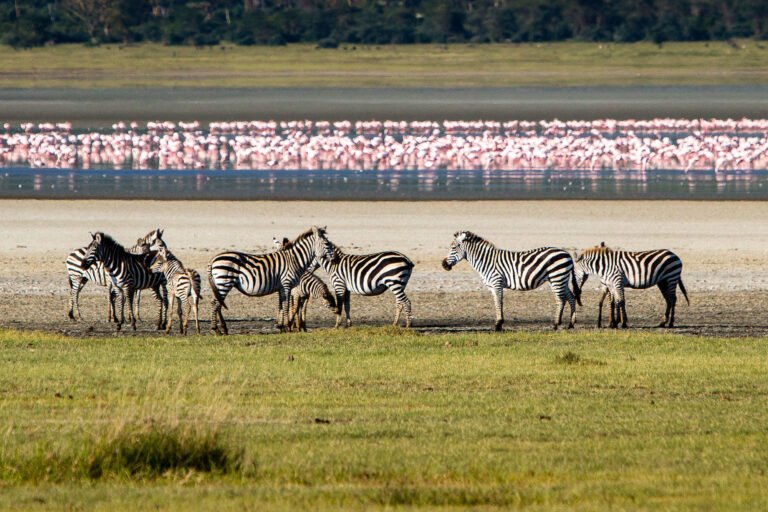
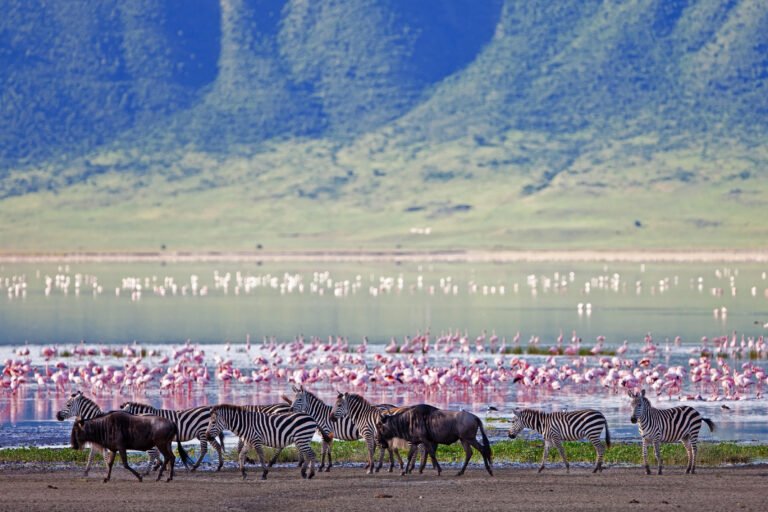

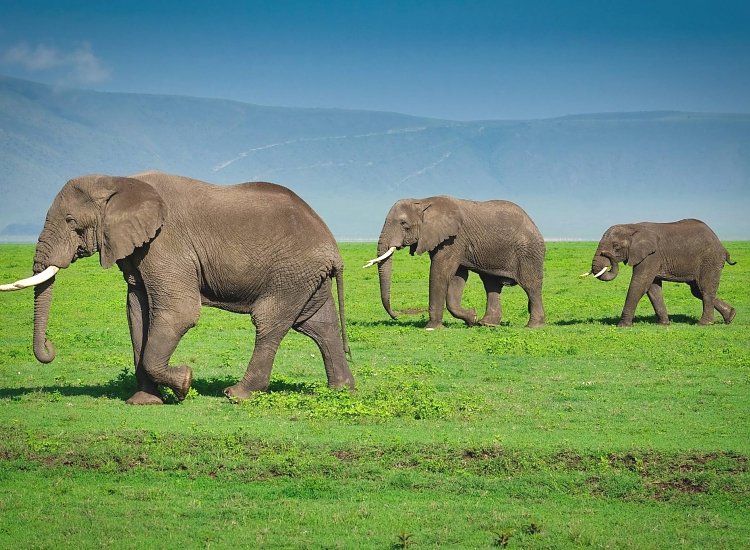
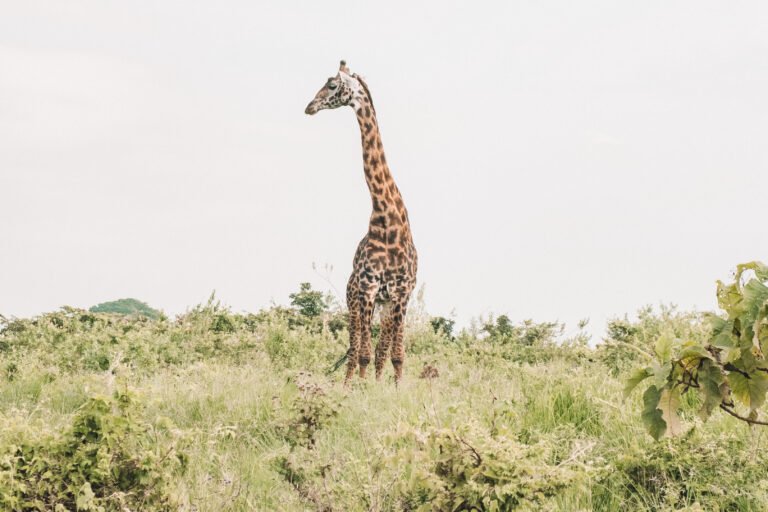
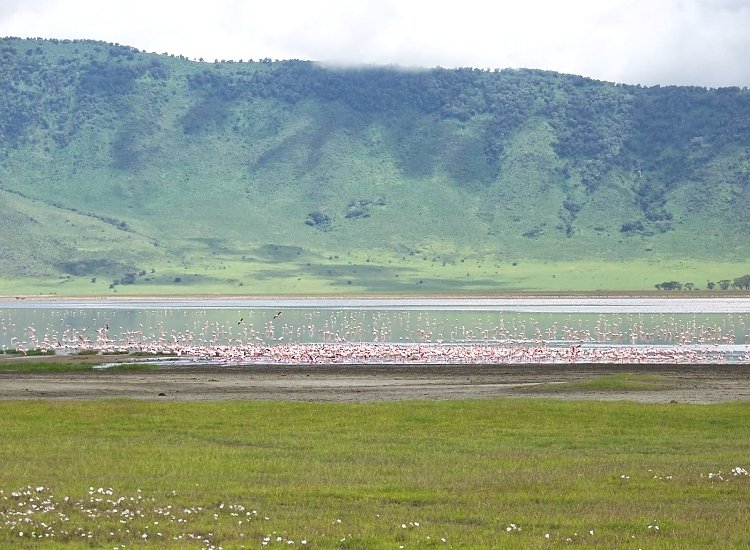
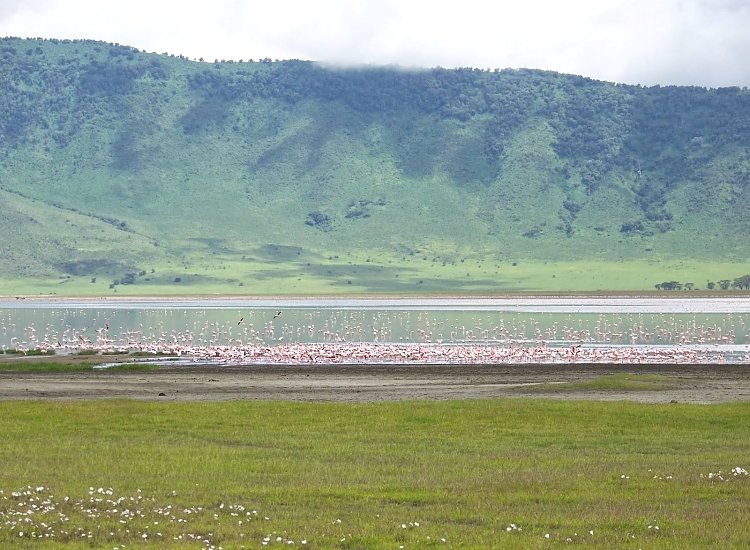
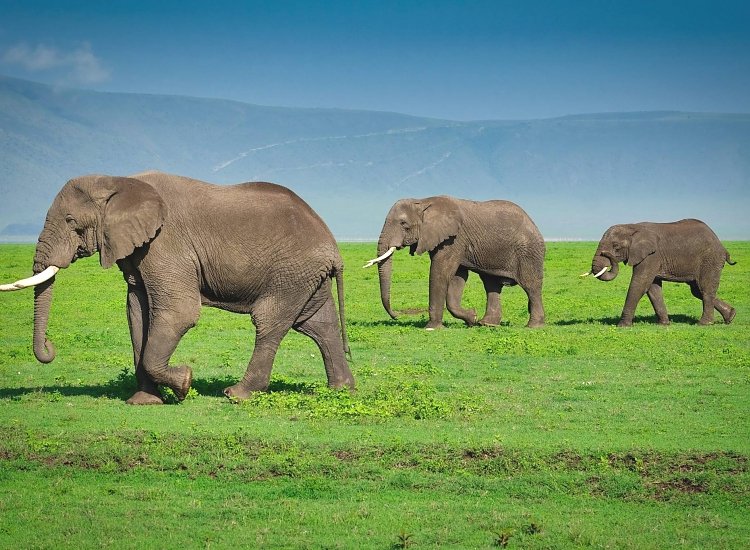
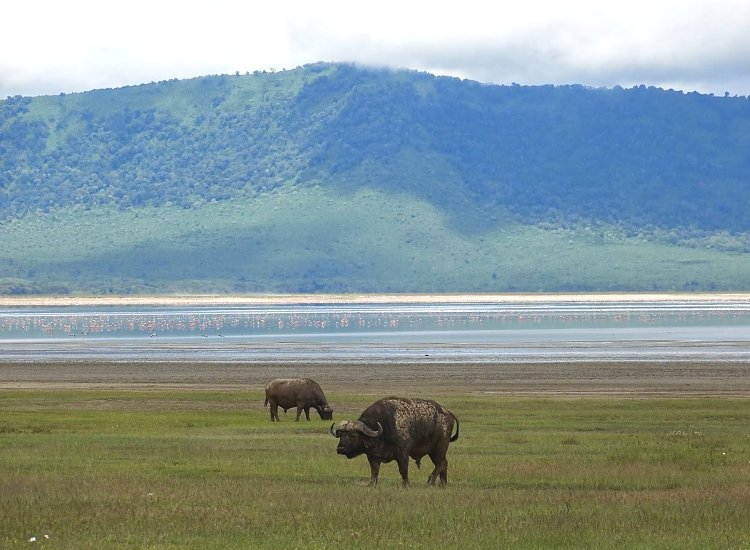
EXCELLENTTrustindex verifies that the original source of the review is Google. Ich war anfangs skeptisch gegenüber der Idee, den ganzen Tag im Auto zu verbringen, um die Natur zu erkunden. Doch die Möglichkeit, das Dach des Autos hochzuklappen und im Auto stehen zu können, verlieh mir das Gefühl, draußen zu sein. Das Beobachten der Tiere, die ich bisher nur aus Zoos kannte, erfüllte mich mit kindlicher Freude. Die dreitägige Safari nach Tanagiri, Lake Manyara und dem Ngorongoron-Krater war eine unvergessliche Erfahrung. Ich konnte Elefanten, Zebras, Löwen, Flamingos, Giraffen und viele weitere Tiere hautnah erleben. Es hat sich definitiv gelohnt.Posted onTrustindex verifies that the original source of the review is Google. Baraka, the owner of the company, is a very heartful person, good organizer and helpful for any kind of needs. He is the person that can connect western people with african culture and mindset. If you wanna go on any kind of safari, we can fully recommend him, To go on Safari is a stunning experience by itself, but to go with Baraka it's even more than that, you will find a true friend!Posted onTrustindex verifies that the original source of the review is Google. I am Nguyen Viet Nghi come from Vietnam, I has joined a tours Safari for 3 days through 3 National parks. It was wobderfull time for me to see widelife animals playing under sunshine. SAFARI has very great services for tourPosted onTrustindex verifies that the original source of the review is Google. I recently had the most incredible 7-day safari experience exploring the northern circuit of Tanzania's national parks with Safari With Me Company. From start to finish, every moment was filled with awe and wonder. Our safari guide was exceptional, providing us with insightful information about the wildlife and ensuring we had the best views of the magnificent landscapes and animals. Throughout the journey, we were treated to breathtaking sights, from the vast plains of the Serengeti to the stunning beauty of Ngorongoro Crater. Each day brought new adventures and unforgettable encounters with Tanzania's diverse wildlife. From witnessing the Great Migration to spotting the Big Five, every game drive was an absolute thrill. The accommodations provided by Safari With Me Company were top-notch, offering comfort and luxury amidst the wilderness. The staff was attentive and friendly, making us feel welcomed and well taken care of throughout our stay. Overall, I cannot recommend Safari With Me Company highly enough for an unforgettable safari experience in Tanzania. From the professionalism of their guides to the beauty of the national parks, every aspect of the journey exceeded my expectations. If you're looking for an amazing safari adventure, look no further than Safari With Me Company.Posted onTrustindex verifies that the original source of the review is Google. We have accommodation with Safari With Me and the clients has special service with us , we love to welcome everyone to safari with Me Africa and best accommodation with usVerified by TrustindexTrustindex verified badge is the Universal Symbol of Trust. Only the greatest companies can get the verified badge who has a review score above 4.5, based on customer reviews over the past 12 months. Read more
